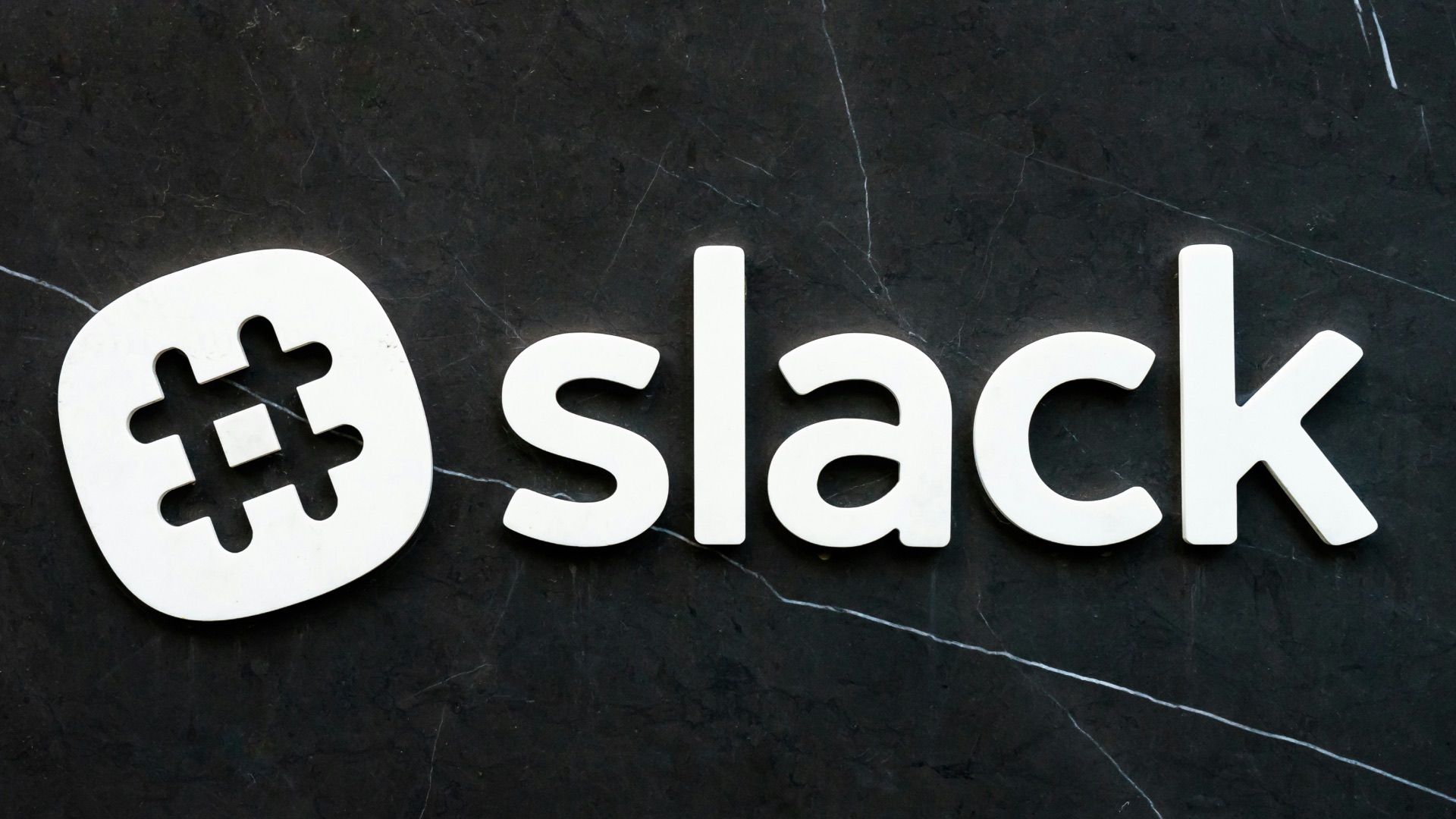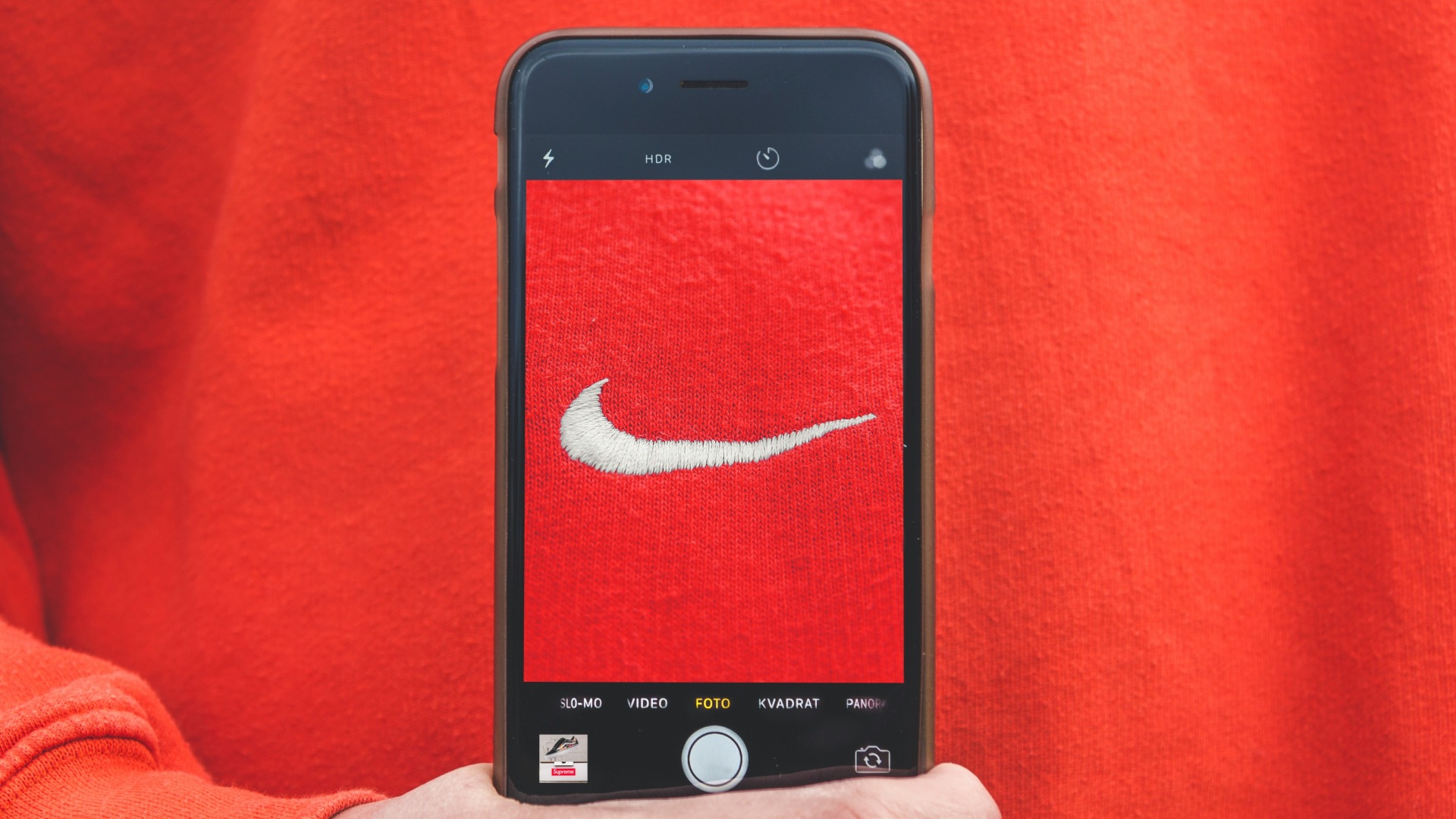Introduction
A brand strategy is not just about having a catchy logo, name, or tagline. It is the framework that shapes your business’s character, principles, and voice. It is the strategy that directs every choice you make and how you interact with your customers to stand out from your rivals.
A brand strategy is essential for any business that wants to succeed in today’s competitive and dynamic market. A strong strategy can help you:
- Establish trust and loyalty with your customers.
- Increase awareness and recognition.
- Attract and retain your ideal target market.
- Market your products or services more effectively
- Stand out from the crowd and create a unique position in the industry.
What is the process of creating a brand strategy that fits your business goals? And what are the key elements and steps that you need to consider?
In this article, we’ll show you how to create a powerful strategy for your business, using the following framework:
- State your purpose, goals, and principles.
- Identify your target audience and buyer personas.
- Develop your brand’s identity, voice, and tone.
- Craft your brand’s story and messaging
- Execute your strategy across all touchpoints.
Define: Brand’s mission, vision, and values.
The first step is to define your brand’s mission, vision, and values. These are the core principles that drive your business and reflect your purpose, goals, and beliefs.
Your brand’s mission statement should communicate the reason why your business exists and what value it offers to your customers. It should answer the question: What is your work and what is the reason for doing it?
Your brand’s vision statement is a long-term, future-oriented goal for what your brand wants to achieve. It should answer the question: Where do you want to go and how do you want to get there?
Your brand’s values are the beliefs and standards that guide your actions and decisions. They should answer the question: What are the principles that guide your actions and decisions?
Here are some examples of mission, vision, and values statements from well-known brands:
- Nike: Encouraging and inventing for anyone with a body and a sporty spirit. (Mission) Leading the world in sports and fitness. (Vision) Innovation, inspiration, teamwork, diversity, sustainability. (Values)
- Starbucks: To enrich and uplift the human experience – one person, one coffee, and one neighbourhood at a time. (Mission)To make the best coffee in the world and keep our strong values as we grow. (Vision) Quality, service, community, responsibility, diversity. (Values)

To define your brand’s mission, vision, and values, you can start by asking yourself the following questions:
- What is the problem that your business solves or the need that it fulfils?
- What is the impact that your business wants to make on the world or on your customers?
- What are the qualities that make your business unique and different from others?
- What are the principles that guide your business’s culture and behaviour?
- What are the words that describe your business’s personality and tone?
Write down your answers and use them to craft your brand’s mission, vision, and values statements. They should be easy to understand, short, and logical. It should reflect your brand’s essence and resonate with your customers.
Identify: Brand’s target audience and buyer personas.
The next step to identify your brand’s target audience and buyer personas. Delve deeper into our insights! Explore our blog at Brand Identity: The Art of Curating for a wealth of knowledge and inspiration.
However, Your brand’s target audience is the general segment of the market that your business caters to. It can be defined by demographic, geographic, psychographic, or behavioural characteristics. For example, your target audience could be young professionals, urban dwellers, health-conscious consumers, or online shoppers.
Your brand’s buyer personas are the specific profiles of your ideal customers within your target audience. They are fictional representations of your customers based on real data and research. They include details such as name, age, gender, income, education, occupation, hobbies, goals, challenges, pain points, motivations, preferences, and behaviours.
Here are some examples of buyer personas from different brands:
- Spotify: David, 25, male, single, college graduate, software engineer, loves music, podcasts, and gaming, listens to Spotify for 3 hours a day, uses Spotify Premium, wants to discover new music and artists, likes personalized recommendations and playlists, follows his favourite artists and influencers on social media, shares his music tastes with his friends.
- Airbnb: Lisa, 32, female, married, master’s degree, marketing manager, loves traveling, culture, and adventure, travels for 3 weeks a year, uses Airbnb for booking unique and local accommodations, wants to experience different places and lifestyles, likes to read reviews and ratings, follows travel blogs and magazines, shares her travel stories and photos with her family and friends.
- Netflix: Kevin, 28, male, single, high school diploma, delivery driver, loves movies, TV shows, and comedy, watches Netflix for 4 hours a day, uses Netflix Basic, wants to watch the latest and popular content, likes to browse and search by genre and category, follows his favourite actors and directors on social media, shares his opinions and ratings with his online community.

To identify your brand’s target audience and buyer personas, you can start by asking yourself the following questions:
- Who are the people that need or want your products or services?
- What are their demographic, geographic, psychographic, and behavioural characteristics?
- What are their goals, challenges, pain points, motivations, preferences, and behaviors?
- How do they find, evaluate, and purchase your products or services?
- How do they use, enjoy, and benefit from your products or services?
- How do they communicate, interact, and engage with your brand?
Write down your answers and use them to define your target audience and buyer personas. Don’t rely on speculation, but on evidence and analysis, for your arguments. You can use surveys, interviews, focus groups, analytics, or other methods to collect and analyse information about your customers. You can also use tools like HubSpot’s, Make My Persona or Extension’s User Persona Creator to create and visualize your buyer personas.
Develop: Brand’s identity, voice, and tone.
The third step is to develop your brand's identity, voice, and tone. These are the visual and verbal elements that express your product’s personality and style. They are the aspects that make your business recognizable and memorable.
Your brand’s identity is the collection of visual elements that represent your business’s visually, such as your logo, colours, fonts, icons, images, and graphics. They should be consistent, coherent, and appealing.
Your brand’s voice is the way your business communicates with your customers, using words, phrases, and messages. They should be distinctive, authentic, and engaging. They should reflect your business’s personality and tone and resonate with your target audience and buyer personas.
Your brand’s tone is the mood or emotion that your business conveys in different situations, using voice, volume, and pitch. They should be appropriate, adaptable, and empathetic. They should reflect your brand’s context and purpose and match your target audience and buyer personas. Delve deeper into it, Explore our blog at The Power of Content Marketing: How to Increase Your Brand Awareness and Authority for a wealth of knowledge and inspiration.
Here are some examples of identity, voice, and tone from different brands:
- Mailchimp: Mailchimp’s identity is playful, friendly, and quirky. It uses a smiling chimpanzee as its logo, bright and cheerful colours, fun and expressive fonts. Mailchimp’s voice is conversational, humorous, and helpful. It uses simple and clear language, witty and catchy phrases, and friendly and supportive messages. Mailchimp’s tone is upbeat, optimistic, and encouraging. It uses positive and enthusiastic voice, high and lively volume, and warm and cheerful pitch.
- Slack: Slack’s identity is modern, professional, and sleek. It uses a simple and elegant logo, cool and calm colours, clean and minimal fonts, and crisp and sharp images and graphics. Slack’s voice is direct, informative, and smart. It uses precise and concise language, factual and relevant phrases, and authoritative and confident messages. Slack’s tone is calm, rational, and respectful. It uses neutral and balanced voice, moderate and steady volume, and cool and polite pitch.

To develop your business’s identity, voice, and tone, you can start by asking yourself the following questions:
- How do you want your business to look and feel?
- What are the visual elements that best represent your business’s personality and style?
- How do you want your business to sound and speak?
Craft: Brand’s story and messaging.
Your brand’s story and messaging are the key elements of your strategy that tell your customers who you are, what you do, and why you matter. They make your product compelling and persuasive.
Your brand’s story is the narrative that explains your business’s purpose and impact. It should be authentic, engaging, and memorable. It should reflect your mission, vision, and values, and appeal to your brand’s target audience and buyer personas.
Your brand’s messaging is the collection of words, phrases, and messages that convey your brand’s value proposition and differentiation. It should be clear, consistent, and relevant. It should reflect your brand’s identity, voice, and tone, and resonate with your target audience and buyer personas.
To craft your brand’s story and messaging, you need to answer these questions:
- What problem or need does your product solve or fulfil?
- What solution or value does your product provide or deliver?
- What difference or benefit does your product make or offer?
- How do you want your customers to feel and think about your product?
- What words and phrases best describe your product personality and style?
Create your brand’s story and messaging based on your answers. Ensure they are consistent with your brand’s strategy. You can also try tools like Asana’s Brand Messaging Framework or Story Brand’s BrandScript to make and see your brand’s story and messaging..
Execute: Brand strategy across all touchpoints.
The final step is to execute it across all touchpoints. These are the channels and platforms that you use to reach and interact with your customers. They include your website, social media, email, advertising, packaging, and more.
Executing your strategy across all touchpoints means applying your identity, voice, and tone to every interaction you have with your customers. This can help you create a consistent and memorable brand experience that builds trust and loyalty.
Some of the steps you can take to execute your strategy across all touchpoints are:
- Identify all your existing touchpoints and check if they are aligned with your brand strategy and convey your product, value proposition and differentiation.
- Optimize your touchpoints for your target audience and buyer personas and make sure they are relevant, engaging, and helpful for them.
- Test and measure your touchpoints and their effectiveness using analytics, feedback, and surveys and evaluate their impact on your brand awareness, recognition, loyalty, and advocacy.
- Improve and update your touchpoints based on your results and insights and refine your touchpoints and their performance.
By following these steps, you can execute your strategy across all touchpoints and create a powerful and consistent experience for your customers. Remember, executing your brand strategy is not a one-time project, but a continuous process that requires constant monitoring and improvement. Keep testing, measuring, and improving your touchpoints to achieve your goals and objectives.
Examples of Successful Brand Strategies.
Here are some examples of brands that have created powerful brand strategies in their industries:
1. Nike: Nike’s strategy is to inspire and innovate for everyone who is an athlete. Their voice is confident, motivational, and powerful. Nike’s story is about overcoming challenges and achieving greatness. Their identity is bold, dynamic, and iconic.
2. Starbucks: Starbucks’ strategy is to inspire and nurture the human spirit with quality coffee and service. Their voice is friendly, humorous, and helpful. Starbucks’ story is about creating a third place between home and work for connection and enjoyment. Their identity is modern, professional, and sleek.
3. Lego: Lego’s strategy is to inspire creativity, imagination, and learning with building blocks and sets. Lego’s voice is playful, optimistic, and educational. Their story is about bringing joy and innovation to generations of builders and fans. Lego’s identity is simple, classic, and iconic.

Conclusion
A powerful strategy for your business identity can help you build trust and loyalty with your customers, increase awareness and recognition, attract and retain your ideal target market, market your products or services more effectively, and stand out from the crowd and create a unique position in the industry. Remember, your strategy is not a one-time project, but a continuous process that evolves with your business and your market. Keep testing, measuring, and improving your strategy to achieve your goals and objectives.




